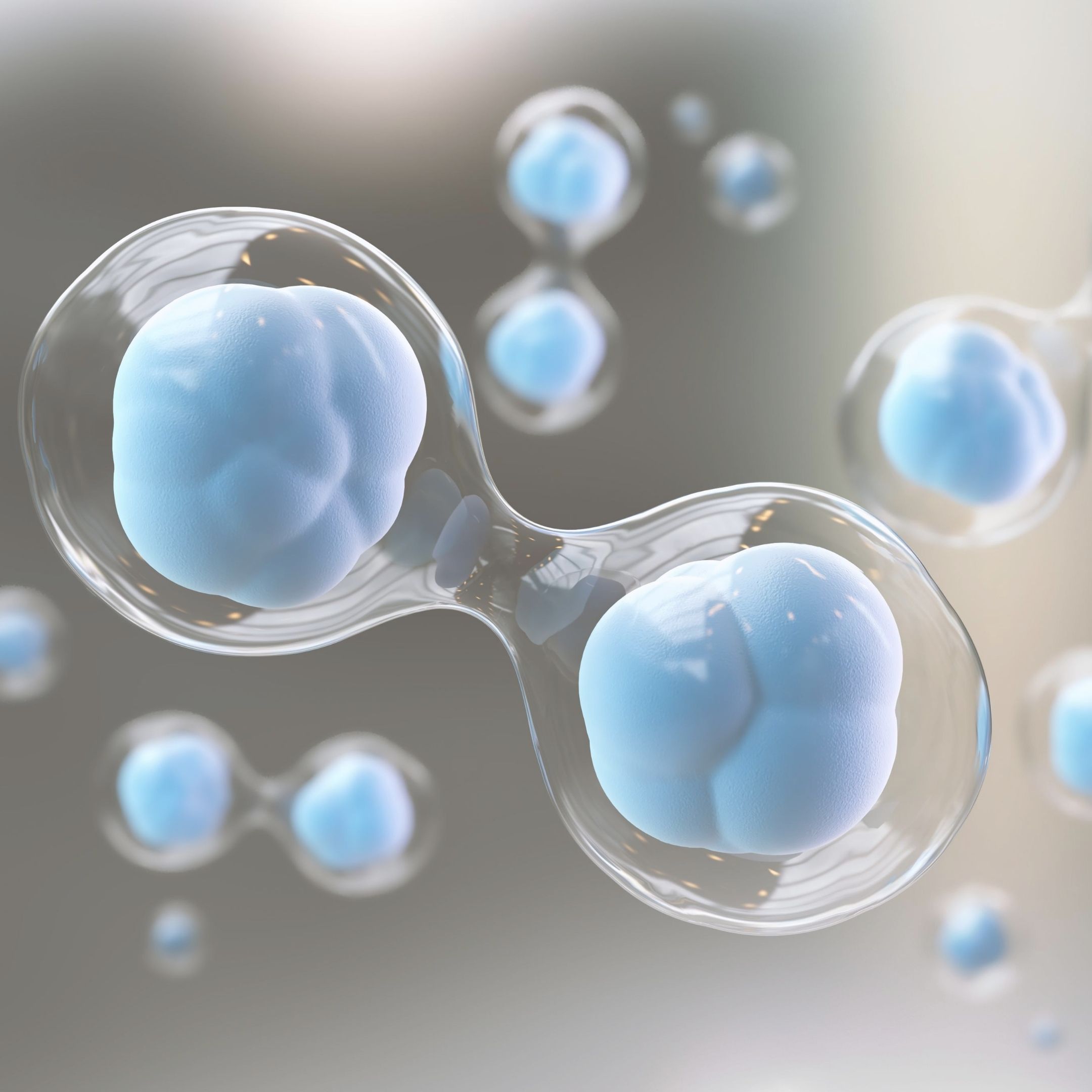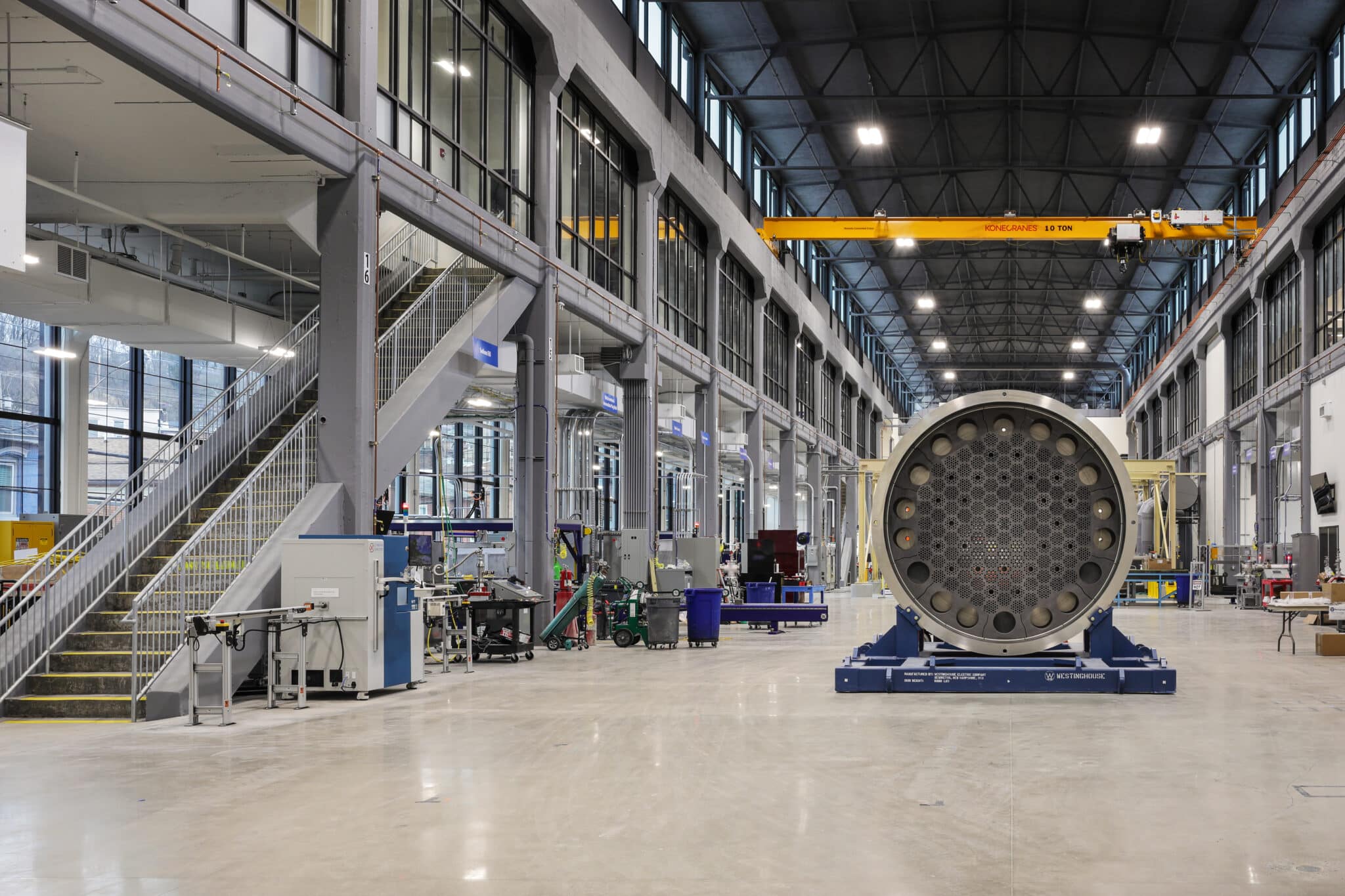Life-saving for many people, organ transplants are currently the best hope for individuals with end stage organ failure. However, patients often spend years on the transplant waiting list, and a significant number die before a donor organ becomes available. Those lucky enough to receive donor organs often face serious immunogenicity issues, where their immune systems reject the transplanted organs. Regenerative medicine, which involves regenerating or replacing biological structures, may hold the key to overcoming these obstacles. The two applications of regenerative medicine that hold the most promise for organ regeneration are the processes of decellularization of a donor organ and organ bioprinting.
With over 110,000 people on the United States transplant waiting list, there is a serious and deadly organ shortage in this country [1]. Every day, about 20 individuals die waiting for an organ transplant [2]. Many people blame the lack of donated organs on societal and cultural norms. In this country, 90% of adults support organ donation, but only 60% are actually registered as organ donors [2]. The United States currently uses an opt-in method of donor registration, meaning people have to explicitly agree to be organ donors [3]. Several other countries instead have opt-out systems, where individuals are automatically organ donors unless they explicitly state that they do not want to be donors. Some people argue that framing organ donor registration as an opt-out system may lead to more people becoming donors. They reason that an opt-out system will give people the impression that being an organ donor is normal and recommended by the government. A number of studies have suggested that implementing an opt-out system could increase organ donation by 5%-25% [4]. While this procedural change sounds promising, researchers at the University of Michigan found that such a system would only marginally shorten the transplant waiting list [4]. For this reason, solely changing the donor registration system would likely fail to increase the number of donors by a significant amount. More groundbreaking changes must be found to rectify this deadly situation.
Once an organ is acquired, there are still difficulties in getting the recipient’s immune system to accept the new organ. For every transplant, there is a risk of rejection. Rejection occurs when the recipient’s immune system recognizes that the donated organ is foreign and attacks the organ [5]. Even with careful organ-recipient pairing using blood and tissue typing, patients are required to be on immunosuppressant medication for the rest of their lives [6]. This medicine lowers the immune system’s ability to respond to foreign materials (including the transplanted organ) and leaves patients more vulnerable to diseases. Despite the use of immunosuppressants, transplant recipients always experience some amount of rejection. Frequently, this rejection leads to chronic rejection, which involves a slow loss of organ function [5]. The only way to cure chronic rejection at this time is to remove the transplanted organ, leaving the patient with the same problem they had prior to the transplant [7]. With the lack of available organs for donation, the serious risk of rejection, and the reduced immune system capabilities, the normal organ transplant system is flawed and, for many, fatal.
Regenerative medicine may be the best way to resolve the long waiting list and immune system complications related to organ transplants. According to the journal Regenerative Medicine, “regenerative medicine replaces or regenerates human cells, tissue or organs, to restore or establish normal function” [8]. Instead of replacing a patient’s organ with a donor organ that has foreign cells, regenerative medicine offers ways to create a healthy organ with the patient’s own cells. An organ made in this manner would not have immunogenicity issues because the patient’s immune system would recognize that the cells are not foreign. Two potential methods of bioengineering organs are the decellularization and recellularization of a donor organ and three-dimensional, or 3D, bioprinting.
The process of decellularization and recellularization can create a bioengineered organ by stripping a donor organ of its cells and repopulating the organ with the recipient’s own cells. An organ is essentially a collection of cells distributed throughout a vascularized extracellular matrix, or ECM. In order to make a bioengineered organ, it is necessary to have a scaffold with the structure and size of the desired human organ [9]. One way to create a scaffold of this nature is to decellularize a donor organ, removing the cells and DNA, while leaving only the organ’s ECM. Instead of creating the structure and vasculature of the organ synthetically, which is very difficult for some organs, this method takes advantage of the fact that there are already existing organs with the required shape.
Decellularization involves chemical, enzymatic, and physical methods of removing cells and genetic information from a donor organ [10]. Immersion decellularization is the most common process of decellularization. This method involves submerging an organ in detergent. The detergent then diffuses towards the center of the organ. Before the detergent reaches the cells in the organ’s interior, those cells start to deteriorate. While they break down, they release enzymes that can impair the functioning of the scaffold [9]. Alternatively, perfusion decellularization utilizes the vasculature of the organ to quickly distribute the detergent to the entire organ. According to researchers from Miromatrix Medical Inc., “most cells are located within 50–100 mm of a capillary, resulting in an exponential increase in the effective surface area of the detergent and decreased time to dissolve the cellular material” [9]. This accelerated pace means that cells do not have time to break down before they are stripped away. Unlike immersion decellularization, perfusion decellularization leaves an entirely maintained scaffold and vascular network.
Once the cells and genetic information have been removed, the next step is to seed the scaffold with the recipient’s cells in a process called recellularization. According to researchers from the Tulane University School of Medicine, “Recellularization requires appropriate cell sources, an optimal seeding method, and a physiologically relevant culture method, undoubtedly to be accomplished using a bioreactor” [11]. As far as the cell sources go, a variety of cell types have been used for recellularization, with the type depending on the experiment and the organ of interest. These cell types include progenitor cells, embryonic stem cells, mesenchymal stem cells, and induced-pluripotent stem cells [11]. Seeding is often done through a method called perfusion recellularization, which, like perfusion decellularization, involves the use of perfusion to reach the entire organ.
Decellularization is a promising technology that, while imperfect, could significantly abate the issues associated with the transplant waiting list. Importantly, this process is not limited to typical donor organs. Researchers believe that it could also be used on deceased human nontransplantable organs or on human-sized animal organs (such as porcine organs), vastly expanding the number of organs available for transplant [12]. By widening the pool of available donor organs, the method of decellularization and recellularization has the potential to significantly reduce the length of the transplant waiting list. Although this process could make significant improvements to the organ transplant system, this method does not allow organ shape and size to be personalized to the recipient. The resulting organs are entirely dependent on what donor organs are available.
Organ printing, another potential solution to the transplant gap, could solve this problem of customization. Under this method, the bioengineered organs can be perfectly tailored for the patients because they are built from scratch. If this process could be realized in a cost-effective manner, typical donor organs would only be needed for patients with rapid organ failure, significantly reducing the transplant waiting list. Like normal 3D printers, bioprinters use additive manufacturing, laying down layers of a substance and building up from the bottom to the top. However, instead of depositing plastic, bioprinters print cells, microgel, and a scaffold. If the printers were to simply deposit cells, the cells would quickly die without food, water, and oxygen. So, the cells are printed along with a microgel that contains life-sustaining molecules [13]. Additionally, the cells are printed around a biodegradable scaffold. The cells grow around this scaffold, which ensures that they form the correct structure. Once the cells are in place, the scaffold is no longer needed, and it dissolves [13]. These printed components are crucial in helping the cells survive and assemble properly.
The organ printing process is complicated and involves three main steps: pre-processing, processing, and post-processing. During pre-processing, the patient’s organ is imaged using a computed tomography (CT) scan, a magnetic resonance imaging (MRI) scan, or ultrasound technology [14]. Then, a digital model of the organ is created and sent to the printer. Once the model is ready, the processing stage begins, and the bioink is created. In order to do this, cells from the patient are harvested, cultured, and expanded before being combined with the microgel. Afterwards, the printer deposits the bioink in a layer-by-layer process. After the bioink is printed, post-processing occurs, in which the printed components are placed in a bioreactor, a place with optimal conditions for a biological reaction. Putting these components into a bioreactor helps the cells grow into an organ [14]. Finally, the organ is ready to be transplanted into the recipient.
3D printed organs may sound like they belong in a science-fiction movie set many years in the future, but bioprinting is quickly developing. Although complete bioprinted organs are still out of reach, scientists have been able to bioprint blood vessels, heart tissue, skin tissue, and more [15]. Researchers have also shown that 3D bioprinting has the ability to create three-dimensional structures, such as cartilaginous structures and skin [15]. So far, scientists have been unable to create a functional human-sized organ, but they have successfully fabricated small models of the human kidney and heart. Unfortunately, these models have short lifespans that would not be adequate even if they were human-sized [15].
While both decellularization and organ printing are intriguing methods of solid organ fabrication, they are each uniquely suited for creating different organs. Since decellularization takes advantage of existing structures instead of forming shapes from scratch, decellularization has a greater ability to create organs with the appropriate structures than bioprinting. On the other hand, bioprinting allows for much greater precision with cell positioning. This improved precision is because decellularization and recellularization relies on perfusion to guide the cells to their locations, while 3D bioprinting involves placing cells in specific locations [16].
For many, acquiring a donor organ is a matter of life and death. The current transplant system, with its long waiting list and immunogenicity problems, is tragically flawed. Thousands of people die each year waiting for organ transplants. Methods of organ regeneration, including decellularization and organ bioprinting, may have the potential to save countless individuals. These processes are still developing, but, given time and research, they could make an immense impact on people’s lives.
Written By: Abby Goldberg, Brown University, 2020 RPA Summer Intern
Works Cited
- https://unos.org/data/transplant-trends/
- https://www.organdonor.gov/statistics-stories/statistics.html
- https://www.usnews.com/news/articles/2016-02-12/presumed-consent-and-americas-organ-donor-shortage
- https://www.sciencedaily.com/releases/2019/10/191002165224.htm
- https://transplantliving.org/after-the-transplant/preventing-rejection/
- https://uvahealth.com/services/transplant/transplant-rejection
- https://www.immunology.org/policy-and-public-affairs/briefings-and-position-statements/transplant-immunology
- https://www.futuremedicine.com/doi/full/10.2217/17460751.3.1.1
- https://www.surgjournal.com/article/S0039-6060(16)30642-0/pdf
- https://www.hindawi.com/journals/bmri/2017/9831534/
- https://www.ncbi.nlm.nih.gov/pmc/articles/PMC4378188/
- https://onlinelibrary.wiley.com/doi/epdf/10.1111/tri.13462
- https://medicalfuturist.com/3d-bioprinting-overview/
- https://www.sciencedirect.com/science/article/pii/S0169409X18301686?casa_token=AcC1oVj694sAAAAA:yGMBlth8jIPiRu91jPOhgUVct0YFzJSFT_hGzgLpAUG686qv19gO-WyrUL-AVpM7hEPKEWJb8eg
- https://www.ncbi.nlm.nih.gov/pmc/articles/PMC4517320/#:~:text=The%20various%20techniques%20that%20are,bio%2Dscaffold%2C%20in%20vitro%20grown
- https://biomaterialsres.biomedcentral.com/articles/10.1186/s40824-016-0074-2



